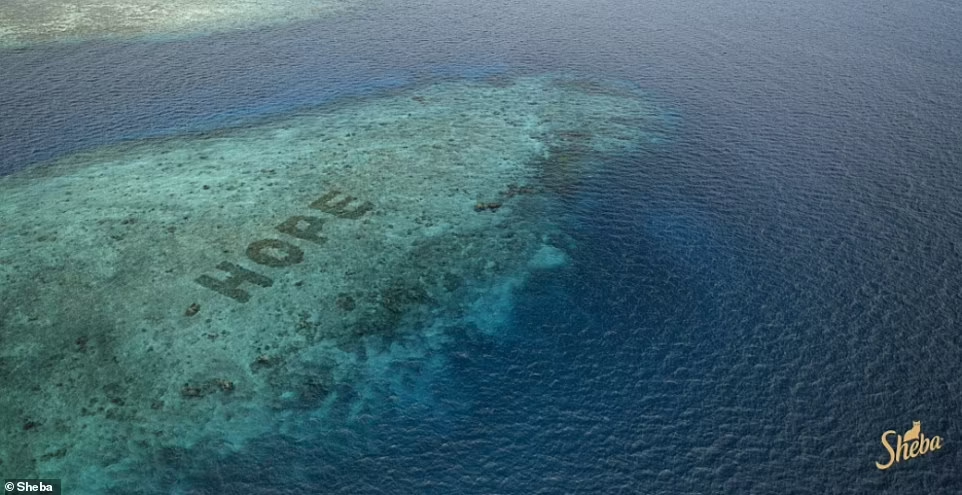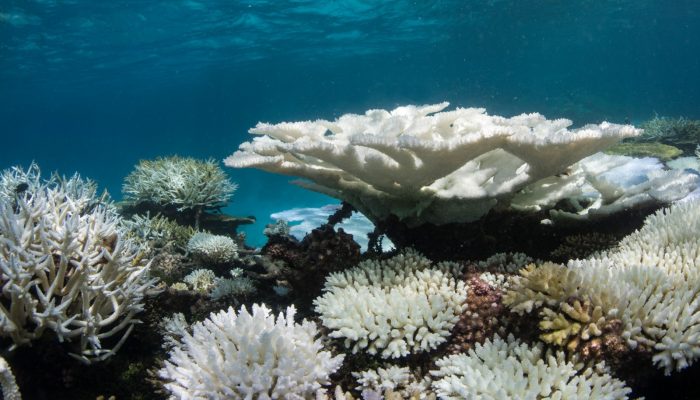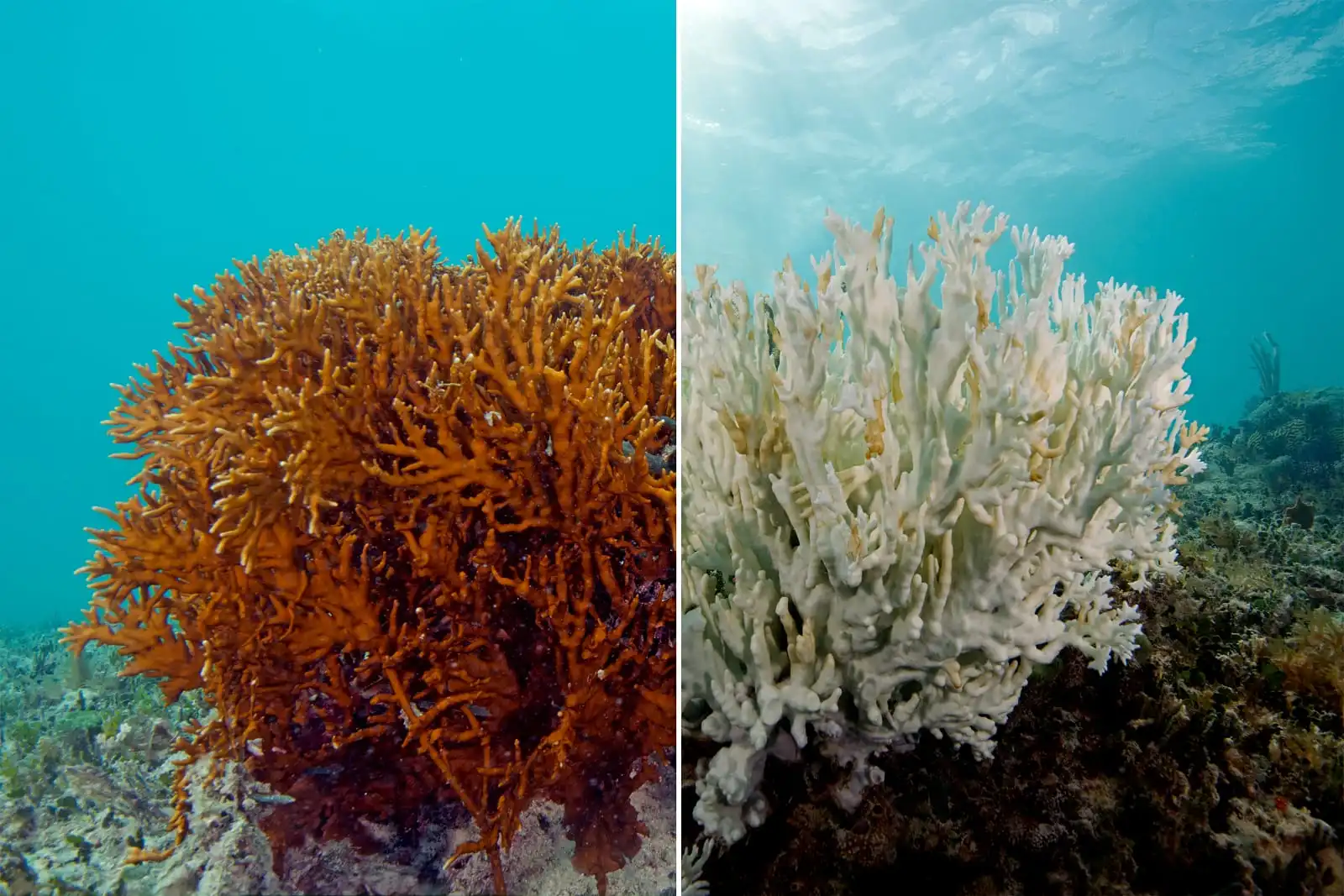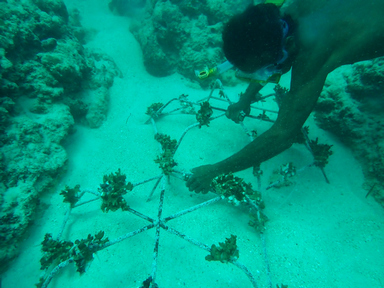
Problems
Causes of death of coral reefs in Indonesia
Indonesia has 2,915,000 square kilometers of marine area. The reef area is 51,020 square kilometers. Of that amount, 82% of it is at risk. Indonesia holds 17% of the world's total coral reef areas. According to the study, more than a third of them are in poor condition. Most of the damage is due to: ● rising global ocean temperatures, ● blast fishing, ● plastic pollution, ● severe storms. Coral reefs cover about 0.1 percent of the ocean but they nurture 25 percent of the world’s marine species. If these marine species are lost, the impact would be devastating for people who rely on coral ecosystems for their food and livelihood. In many ways, coral reefs are the ocean’s lifelines and when they disappear, it can create an ecologically devastating. Coral reefs are beautiful, but they can only exist in very specific ocean conditions. When waters get too warm, the symbiotic algae that live on the coral’s exoskeleton, and provide for the actual coral animal, die off and the coral loses its color and dies if the algae do not return. This process is known as algae bleaching and shockingly, it is becoming an extremely frequent occurrence. Coral reefs are one of the world's most beautiful natural wonders and are among one the most threatened.
Solutions
Coral Reef Restoration Project.
Author: Daily Mail
Hope is RISING! World's largest coral restoration program is bringing the pollutant-damaged 47-acre Hope Reef in Indonesia back to life Scientists are recovering 45 acres of coral in Indonesia’s Spermonde Archipelago that has decayed They are using 'Reef Stars' to help with what is called the world's largest coral recovery program The stars are metal frames made of locally sourced material and sand that covers the exterior The structure acts as a base for young coral to latch on, allowing them to settle in the bed The team has grown up to 55% of the coral in three years and have placed the word 'HOPE' across 'HOPE' is so large that it can be seen via Google Earth and is the inspiration behind the project Researchers hope to have the entire reef regrown by 2029, which is now flourishing with brightly colored corals sprouting from the seafloor and marine life that fled what was once a wasteland.
Gallery
4Timelines
2022
A small-scale project ‘Spiderwebs’ in Indonesia is seeing success in efforts to restore coral reefs damaged by blast fishing. Lightweight cast-iron rods form underwater “spiderwebs” that are placed onto existing reefs, with new coral grafted onto the structure.
2018
This year has been declared the "International Year of the Reef" by the International Coral Reef Initiative.
2010
May
The Wildlife Conservation Society deployed marine biologists to Aceh province, on the tip of Sumatra island, when surface waters in the Andaman Sea peaked at 93 degrees Fahrenheit (34 degrees Celsius) - a 7-degree Fahrenheit (4 degree Celsius) rise over long-term averages. The teams discovered massive bleaching, which occurs when algae living inside coral tissues are expelled. Subsequent surveys carried out together with Australia’s James Cook University and Indonesia’s Syiah Kuala University showed 80 percent of those corals have since died.
2004
Earthquake off Sumatra triggered a tsunami that killed more than 230,000 people in a dozen countries. The disaster damaged more than a third of Aceh’s reefs, but scientists said they recovered faster than expected, thanks largely to natural colonization and a drop in illegal fishing.
1998
High water temperatures affected all of Indonesia and lasted for more than a month. The hotspot has affected reefs across Indonesia.
1997
Coral formations were severely damaged by El Nino - linked warming.


